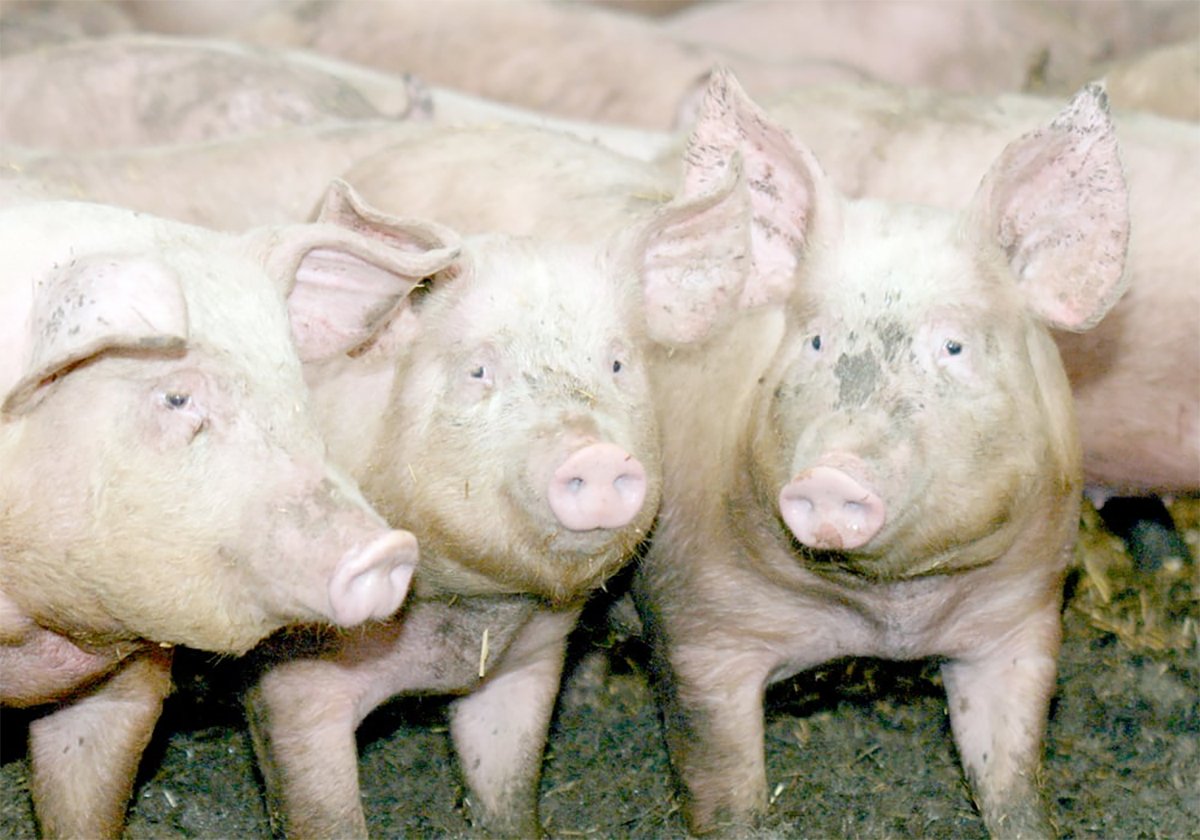Producers who spread manure with winter pasture feeding systems can save a third of their costs, according to recent study results.
Western Canadian cattle producers have always had a cost disadvantage compared to producers in warmer regions. The extra calories needed to maintain cows and bred heifers through winter are costs that fair-weather producers don’t have.
Western Beef Development Centre researcher Bart Lardner and his colleagues recently completed a two-year study of alternative winter-feeding systems that may help make up for the cost disadvantage cold weather brings.
Read Also

The Western Producer Livestock Report – November 13, 2025
Western Producer Livestock Report for November 13, 2025. See U.S. & Canadian hog prices, Canadian bison & lamb market data and sales insights.
“You can save a lot of money and time feeding in the field,” Lardner told agronomists attending a recent soil conservation workshop.
Cattle feeding in drylots is the traditional method of winter production in North America. With the feed in, manure out system, costs of operation can be a third more than carrying the herd in a pasture or field for the season.
Lardner said the savings are about 45 cents per head, per day for producers who can move their feeding out of the yard and into the field.
Researchers operated the trial on a Russian wild ryegrass pasture in the black soil near Lanigan, Sask. Cows, 96 in total, were tested with bale grazing and windrow grazing of processed bales, with feeding every three days. These two systems were compared to drylot feeding at the nearby Termuende Research Farm.
The bale grazing system required that 18 rows of eight straw and grass-legume hay bales be placed in the pasture in the fall. Access to the bales for the 32 cows was restricted by a portable electric fence. They were allowed two bales of hay and straw every three days.
In the neighbouring pasture, a processor ground the same ration into a windrow every three days.
The sites were moved to adjoining pastures in the second year of the study.
The drylot depended on a barley greenfeed and straw ration being fed with a feed wagon and a tractor loading a feedbunk daily.
Depending on weather conditions, the feed access was increased as necessary to accommodate wind and temperature.
The daily rations were based on three percent of body weight. The ration included 16 pounds of oat straw and 24 lb. of grass-legume hay or greenfeed. Salt and mineral supplements were provided free choice.
National Research Council studies have shown that cows in the second trimester of pregnancy require 54 percent of their ration to fall into the total digestible nutrition category and contain nine percent crude protein.
The crossbred cows entered the study in good condition with a body score of three and maintained it throughout. Average weights coming in were 1,367 lb. in 2003-04 and 1,331 lb. in the second year.
At the end of each season they weighed 1,412 lb. after 105 days of feeding and 1,428 lb. after 112 days, respectively.
The trial recorded all costs, including feed, labour and machinery.
Because cattle only retain about 10 percent of the nitrogen they consume and excrete the remaining 90 percent through urine and feces, this nitrogen tends to be lost to volatilization in drylot and feedlot programs.
Soils were sampled at the winter feeding sites before and after the study, along with a control site and a site where manure from the drylot was applied.
The pasture-fed sites retained more nitrogen than did the manure-applied ones.
Lardner thinks this was due mainly to the urea contained in the urine that is lost in a drylot situation.
“These valuable nutrients are lost to the environment when you feed at the corral,” he said.
Pastures where cattle were fed yielded 2.5 to 3.5 times the dry matter over control sites, and there was significant additional production in the second year on those sites even with additional nutrients being supplied.
Costs of operation for the two field feeding systems averaged $1 per day per cow, while the drylot was $1.47.
Where manure was mechanically spread, the nutrients were distributed relatively evenly. Where it was done with “cow power” they were highly variable, but were up to three times higher, on average, than the drylot result.














